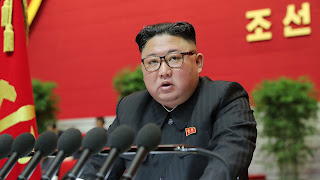Unraveling the Holocaust: A Dark Chapter in Human History

Why the Jews?
The Holocaust targeted Jews primarily due to the deep-seated anti-Semitic beliefs prevalent in Europe for centuries. Hitler's virulent hatred of Jews, rooted in a toxic blend of racial and pseudo-scientific theories, fueled the Nazi party's rise to power. The Nazis propagated the notion of a racially superior Aryan master race, scapegoating Jews as an alleged threat to this vision of a pure and superior society. Adolf Hitler's Role:
Adolf Hitler, the architect of the Holocaust, played a pivotal role in orchestrating the systematic genocide. His anti-Semitic sentiments were outlined in his infamous book, "Mein Kampf," published in 1925. Once in power, Hitler implemented a series of discriminatory laws, known as the Nuremberg Laws, which restricted Jewish civil rights and excluded them from various aspects of public life.

As the war progressed, Hitler's anti-Jewish policies evolved into a systematic plan for the "Final Solution." This euphemism referred to the mass extermination of Jews and other targeted groups. Concentration camps and extermination camps, such as Auschwitz, Sobibor, and Treblinka, were established to efficiently carry out the genocide.
The Mechanics of the Holocaust
The Holocaust unfolded in stages, with the Nazis implementing a range of measures to isolate, dehumanize, and ultimately exterminate the Jewish population. These measures included anti-Jewish propaganda, ghettos, forced labor, mass shootings, and, ultimately, the establishment of extermination camps where mass gassings and cremations took place.
The Nazi propaganda machine played a crucial role in dehumanizing Jews, depicting them as subhuman and dangerous. This dehumanization made it easier for ordinary individuals to participate in or turn a blind eye to the atrocities.
Resistance and Remembrance
Despite the overwhelming odds, some individuals and groups resisted the Holocaust. Acts of defiance ranged from hiding Jews in attics and basements to larger-scale uprisings within ghettos and concentration camps, such as the Warsaw Ghetto Uprising in 1943.

The Holocaust serves as a stark reminder of the consequences of unchecked hatred and discrimination. Remembering the victims and understanding the historical context is crucial for preventing such atrocities in the future.
International efforts, such as Holocaust education and memorials, aim to ensure that the world never forgets the horrors of the Holocaust and works collectively to prevent the recurrence of such atrocities.


Comments
Post a Comment